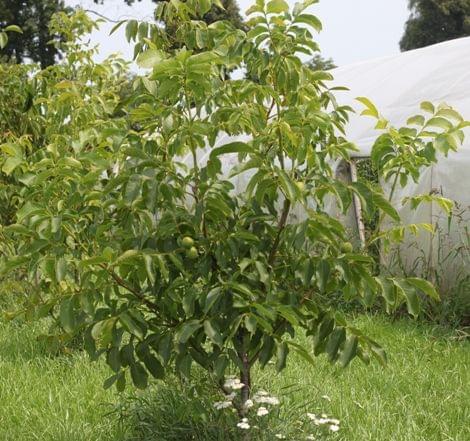 WALNUT
WALNUT
Walnut and its varieties form large trees, growing up to height 25 m. They form loose crowns, wide-spread. That's why, even though it has valuable fruit, not recommended for growing on …
mosquito nets for windows
 WALNUT
WALNUT
Walnut and its varieties form large trees, growing up to height 25 m. They form loose crowns, wide-spread. That's why, even though it has valuable fruit, not recommended for growing on …
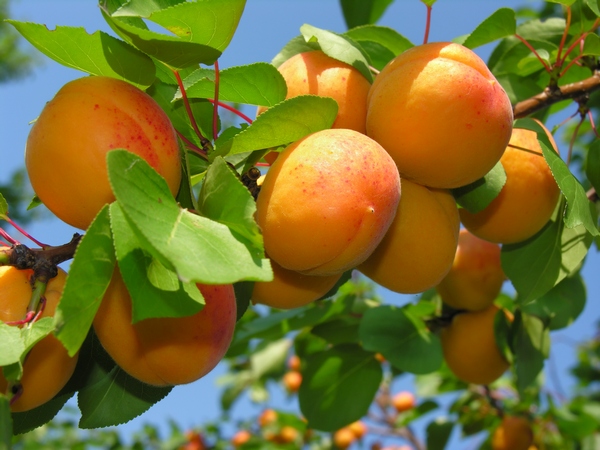 APRICOT
APRICOT
Apricot in our conditions grows in height 4-6 m and forms conical or spherical crowns, pendulous or spreading. The trees have a well-developed root system; the greatest amount of roots is in the depth 20-35 Cm, part of them grows into 60 cm w …
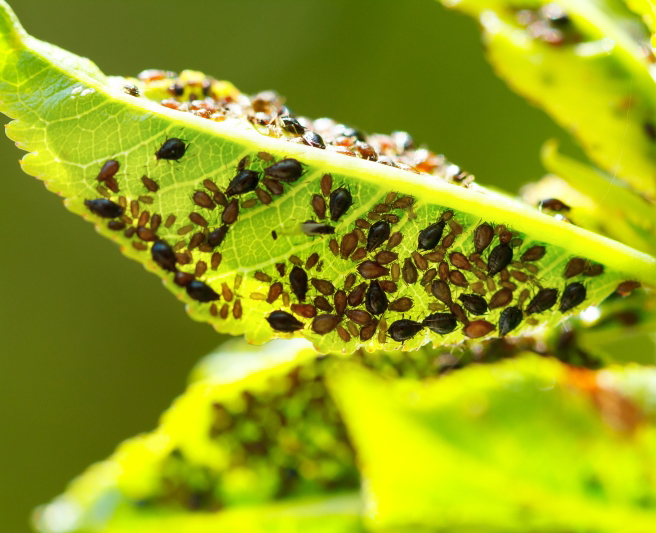 Diseases and pests of peaches
Diseases and pests of peaches
Peaches are often attacked by leaf curl. A symptom of this disease is a strong distortion (curl) leaves, which also turn red. This disease is combated with Syllit – 0,5%, applied shortly before bud break, and Cresotol …
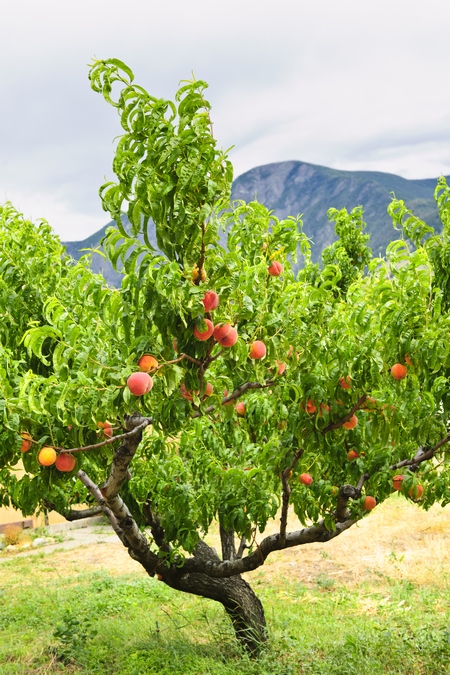 PEACH
PEACH
The height of peach trees is from 4 into 8 m. They have a very developed root system, growing deep on lighter soils. Peaches have green or red shoots, resembling willow. Peach leaves are lanceolate, similar to willow leaves, Length 7-15 Cm, …
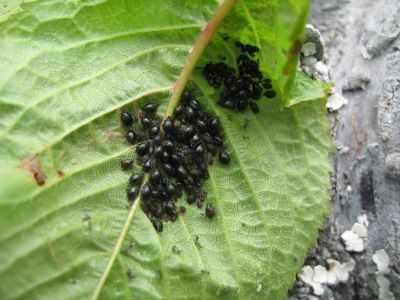 Diseases and pests of cherries
Diseases and pests of cherries
Cherry trees can be attacked by fungal diseases, bacterial and viral.
Of fungal diseases, a large weakening of trees can cause fine leaf spot. Trees affected by this disease lose their leaves in the middle of summer and do not bear fruit in the next …
 Cherries are trees or shrubs of small size, with crowns mostly domed or more or less ovate, similar to the crowns of cherry trees. Cherry trees live approx 25-30 lat, and climatic factors do not affect their life expectancy as much as u …
Cherries are trees or shrubs of small size, with crowns mostly domed or more or less ovate, similar to the crowns of cherry trees. Cherry trees live approx 25-30 lat, and climatic factors do not affect their life expectancy as much as u …
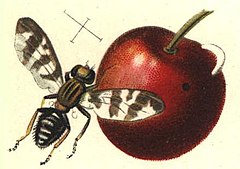 Cherry diseases and pests
Cherry diseases and pests
The most dangerous disease is brown rot of stone trees, which also affects cherries and cherries, first of all, it attacks shoots, flowers and fruit. It is recommended to cut affected shoots and spray with Miedzian 50 – 0,1%. The first spraying is done on …
 By crossing the bird cherry with the cherry, hybrids were obtained, the so-called. cherry trees. A characteristic feature of the cherry tree are its unique taste values – their fruits are less sweet than cherries, and not as sour as cherries. Dr. Alfreda Jackiewicz, on the basis of research on the collection at the Fruit Plant …
By crossing the bird cherry with the cherry, hybrids were obtained, the so-called. cherry trees. A characteristic feature of the cherry tree are its unique taste values – their fruits are less sweet than cherries, and not as sour as cherries. Dr. Alfreda Jackiewicz, on the basis of research on the collection at the Fruit Plant …
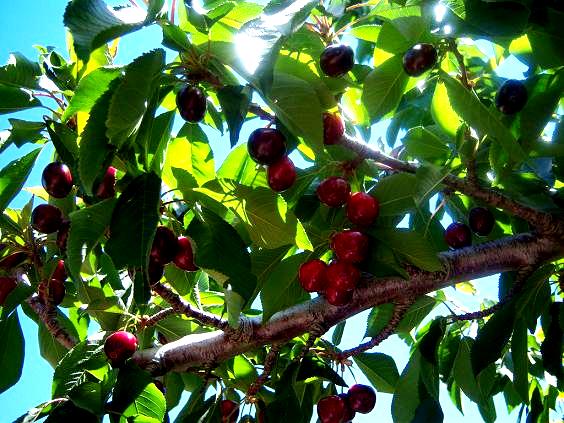 CHERRY
CHERRY
Cherries have similar soil requirements to pear trees. Cherries grow strongly on clay and clay soils, but they freeze easily and succumb to gum disease and other diseases. They cannot stand moist soils, as well as too dry and acidified.
The type of cherry has a common …
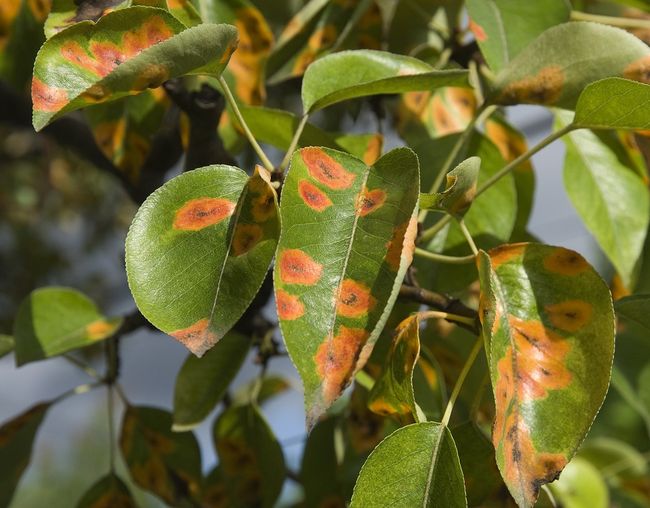 Pear diseases and pests
Pear diseases and pests
The most dangerous disease of pears is pear scab, which differs from apple scab by much more frequent cracking of fruit in spots and infestation of young twigs. Infected twigs are characterized by a rough bark, which is peeling. In the twigs of these …
Keeping apple and pear trees in an almost natural form
Forming an almost natural crown is based on correcting the natural growth of the tree due to poor cutting and bending of the shoots. Forming an almost natural crown, we try to derive the guide, around which there are 10-15 branches. Branches should …
We currently recommend various forms of crowns for apple and pear trees planted in production orchards, namely: almost natural, free and spindle line.
An almost natural crown is well known to us, because most of the trees in the existing intensive orchards have this form. …
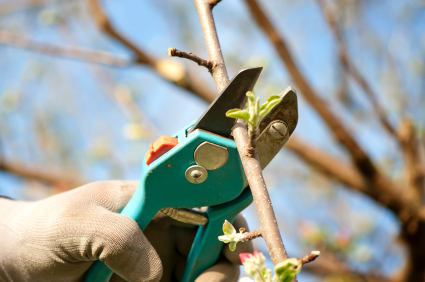 A little knowledge is required for efficient cutting and forming, and more experience acquired. A worker who is not trained to cut wastes a lot of time meditating, before he decides, which branches should be removed, and which to leave. An experienced worker notices the branches to be cut on …
A little knowledge is required for efficient cutting and forming, and more experience acquired. A worker who is not trained to cut wastes a lot of time meditating, before he decides, which branches should be removed, and which to leave. An experienced worker notices the branches to be cut on …
The scarcity of manpower makes, that the cutting technique is becoming less and less important. Cutting with a knife, which does not crush the shoots and gives smooth wounds, it is done only occasionally when forming young trees. If we shorten the annual shoots above a specific bud with a knife or pruner …